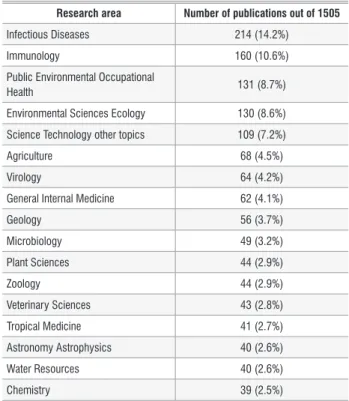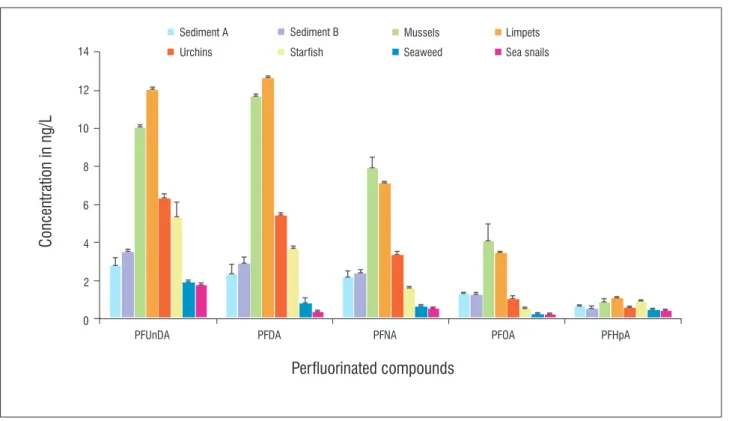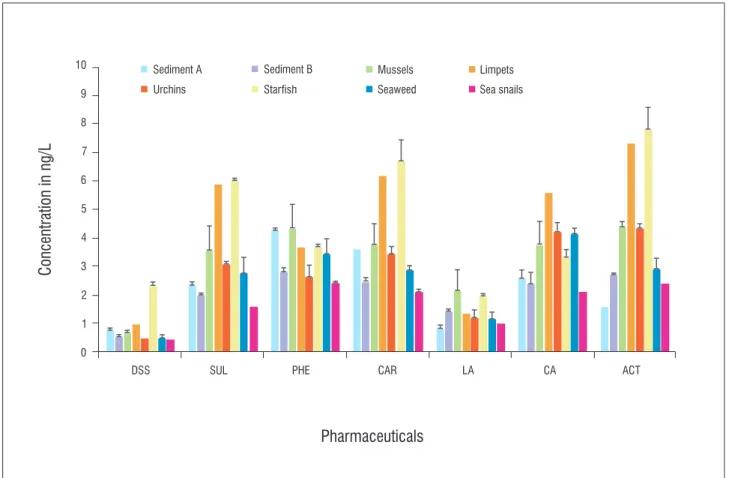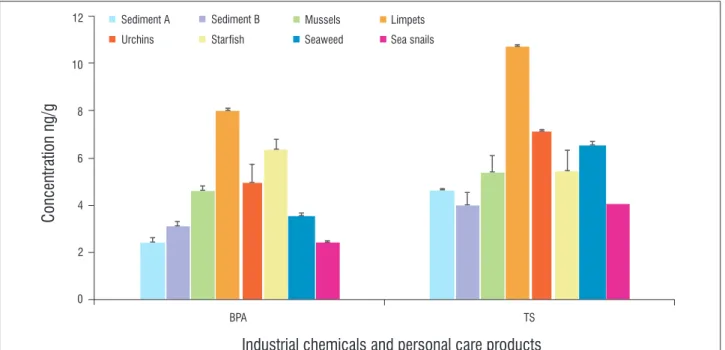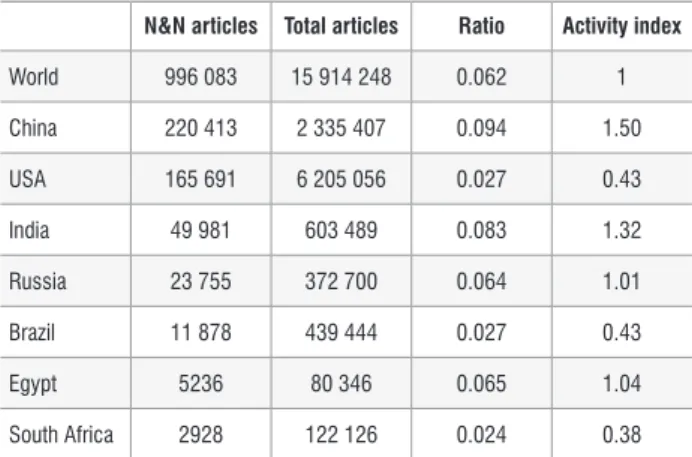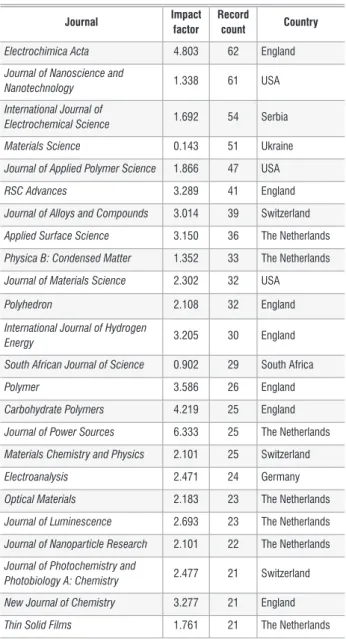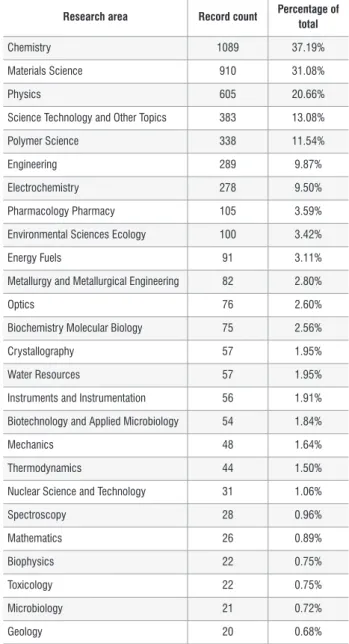Institutional exclusion and the tragedy of the commons: Artisanal mining in Matabeleland South Province, Zimbabwe. Dryopithecines, Darwin, de Bonis, and the European origin of the African apes and the human clade.
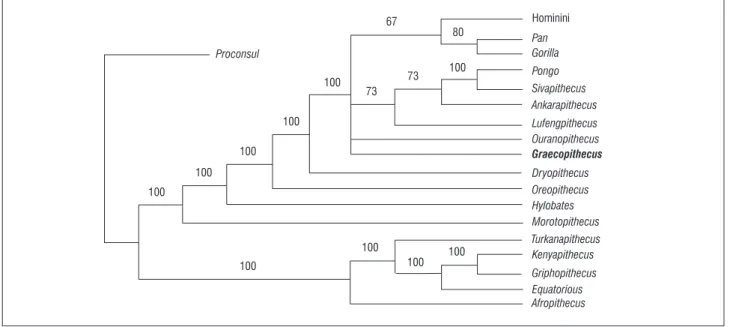
The irony, Le Quellec suggests, is that Breuil's reading of Namibian imagery arose just as the "lost world" genre, which clearly ran parallel to colonial ambitions and expansions, was coming to an end. Le Quellec notes Breuil's disdain for the earlier recorders of the Brandberg site, although the accuracy of his methods was no better.
How Barnard measures up to Goodell’s view of visible scientists
Here I will focus on the central character – Chris Barnard – and his rise to global celebrity status. Commentary Chris Barnard: South Africa's fallible king of hearts Page 2 of 4. When the world's media descended on Groote Schuur Hospital, Barnard's charisma and media flair ensured that journalists focused on him.
Matching Barnard against a framework for scientific celebrity
The intense competition surrounding heart transplant surgery and Barnard's unrelenting determination to win the race is probably one of the lesser-known aspects of his career.9 In 1967, several leading surgical groups around the world were ready to tackle human heart transplantation. Barnard was keenly aware of these efforts and anxiously watched his rivals.1 He was deeply concerned that he would be left behind by the long waiting times for new medical journals to become available. South Africa and later admitted that the anxiety leading up to the heart transplant had caused a painful flare-up of arthritis that had been affecting his hands for some time.1,14. Barnard faced another uphill battle: he needed a patient for the procedure, and to do so he had to convince his superiors, especially chief cardiologist Val Schrire, that he was willing to transplant a human heart.1,14 Schrire eventually suggested Louis Washkanski. , a critically ill 53-year-old in the final stages of heart failure.
A love–hate relationship with the media
Barnard also perfectly fits the profile of a famous scientist, suggested by Ganetz30 based on his studies of scientific celebrities in the context of the Nobel Prize. Barnard's main competitors in the race to transplant a human heart were three American surgeons—Norman Shumway, Richard Lower, and Adrian Kantrowitz—as well as Donald Longmore in the UK.9 With their extensive research into perfecting heart transplant techniques, these leading surgeons had probably little inkling of Barnard's intentions and ambitions.
A lasting South African legend
- Attend national and international meetings
- Avoid limiting interactions at meetings to friends and researchers already known to you
- Debate ideas constantly
- Cultivate a stress-free research environment
- Apply for financial support but do not make money your goal
- Try to achieve critical mass
- Have fun
And this is one of the strongest arguments for face-to-face (as opposed to web-based) meetings. What drives innovation is the perception of space and the freedom to do what you want.
Carbon dioxide observations in South Africa
High-resolution visualization of the spring bloom and net production in the Subantarctic Southern Ocean using glider data. 1Environmental and Nano Science Group, Department of Chemistry, University of the Western Cape, Cape Town, South Africa.
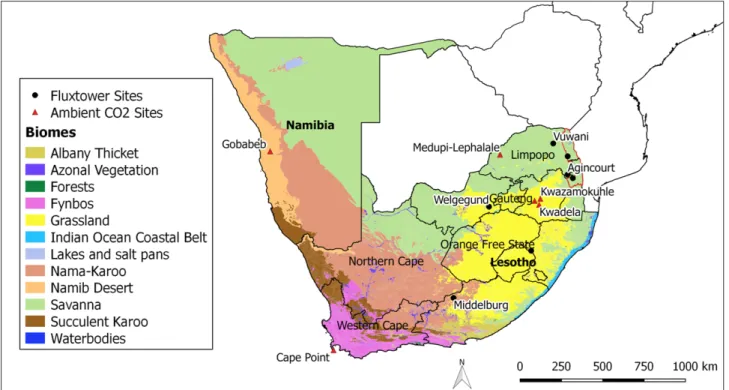
Background to the study
Intermittent high levels of microbial contamination were observed and 15 pharmaceutical and common household chemicals were identified and quantified in background seawater and bioaccumulation in marine organisms. These indicator microbes and chemicals point to the likely presence of pathogens, and literally thousands of chemicals of concern in the seawater.
Bioaccumulation of persistent organic pollutants in marine organisms
The high levels of all the chemical compounds in marine organisms are evidence of bioaccumulation over time, as the organisms have no way to escape the pervasive presence of these chemicals in the seawater. PFOA, perfluorooctanoic acid; PFNA, perfluorononanoic acid; PFDA, perfluorodecanoic acid; PFHpA, perfluoroheptanoic acid; PFUnDA, perfluoroundecanoic acid Figure 8: The difference in the level of selected compounds in marine organisms sampled in July 2015 and July 2017.
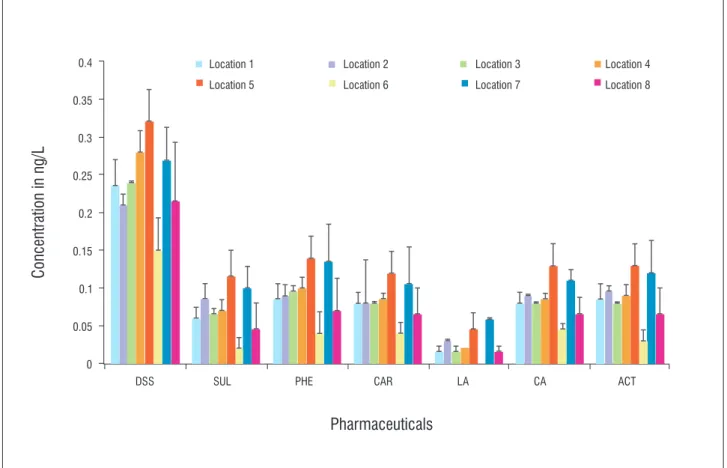
Conclusions
Acknowledgements
Bacteria, especially Salmonella species, present in or on chicken meat and especially chicken eggs are the most common causes of food poisoning and the main sources of salmonellosis in humans. The presence of Salmonella species and other enterobacteria in raw chicken eggs poses a health risk to consumers.
Introduction
The purpose of this study was to determine which bacteria, if any, are present in and on chicken eggs, particularly Salmonella species. Raw chicken eggs and products containing raw chicken eggs can contain pathogenic bacteria, putting a large number of consumers at risk of food poisoning if they consume undercooked or uncooked chicken eggs.
Materials
Results
Discussion
The isolation of various bacteria in retail poultry eggs in this study may indicate that some eggs sold to the public for consumption in Gauteng are not always of good quality. Findings in this study also highlight the extent to which chicken eggs in South Africa are infected with various potentially pathogenic bacteria - information that has been very limited until now; our findings therefore fill this knowledge gap.
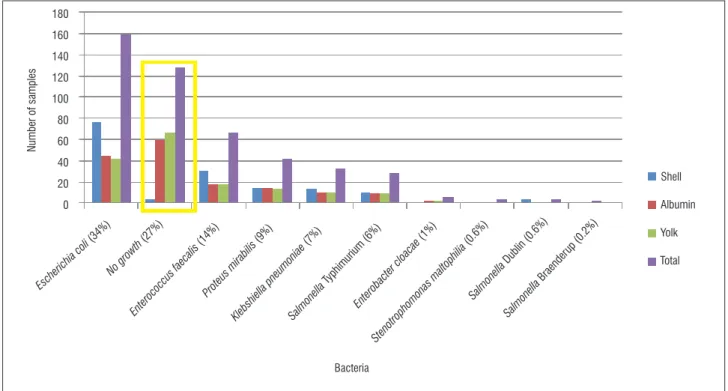
Conclusion
Authors’ contributions
Antimicrobial activity of the green tea polyphenol (-)-epigallocatechin-3-gallate (EGCG) against clinical isolates of Stenotrophomonas maltophilia. We found that the number of nanotechnology publications has shown a remarkable growth since the launch of the strategy.
Background
The OR and NOT operators were used to exclude those articles that might include the prefix nano but are unrelated to nanotechnology. In this article, a descriptive approach is used to identify trends based on publication data.
Results and discussion
South African authors published the most in the journal Electrochimica Acta (62 articles), followed by the Journal of Nanoscience and Nanotechnology (61 articles) and finally the International Journal of Electrochemical Science (54 articles). This disparity may be due in part to South Africa's low R&D budget in general, as well as the country's lack of prioritization of N&N.

Acknowledgement
The introduction of R&D tax incentives in South Africa is a means of promoting an increased participation of the private sector in research and development. Rehabilitation methods implemented to reduce the environmental impact of erosion on TSFs include gravel mulching, rock cover, and vegetation establishment.3,8 The plant canopy reduces aeolian dispersal, while the plant roots prevent water erosion and nutrient leaching.5 Establishment of vegetation for rehabilitation purposes. is a very costly process due to the possible toxicity of heavy metals and the immobilization of some essential nutrients.2 Therefore, there is a great need for a cost-effective alternative to revegetation of tailings material and provide reliable protection against erosion from wind and water.
Materials and methods
Determining the best organisms to colonize mine tailings and to produce biological crusts for revegetation of gold mine tailings storage facilities. Effects of inoculation of cyanobacteria on the microstructure and structural stability of a tropical soil.
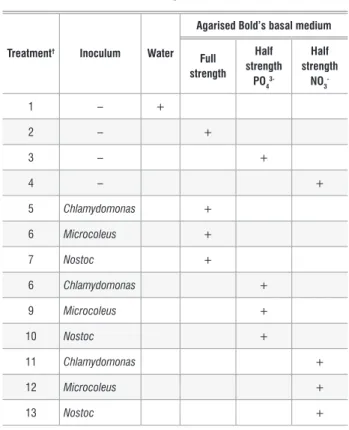
Data and methods
However, few studies have been conducted on the use of remote sensing data for yield estimation in South Africa.25,26 For example, Unganai and Kogan25 showed that maize yield can be estimated using Advanced Very High Resolution Radiometer (AVHRR) data with spectral resolution 0.58–12.5 µm. Frost et al.26 showed that Terra MODIS satellite sensor data products (0.6–1.1 µm) can be used to estimate maize yield in South Africa.
MODIS-NDVI
The recent decline in phosphate levels, seen in Figure 2, is associated with a largely unchanged N:P ratio and, with a ratio of 4.9:1 in 2013, growth remains limited to nitrogen in 2013 - the last year of the group of data. An assessment of the impact of various land use activities on water quality in the upper Olifants River watershed.
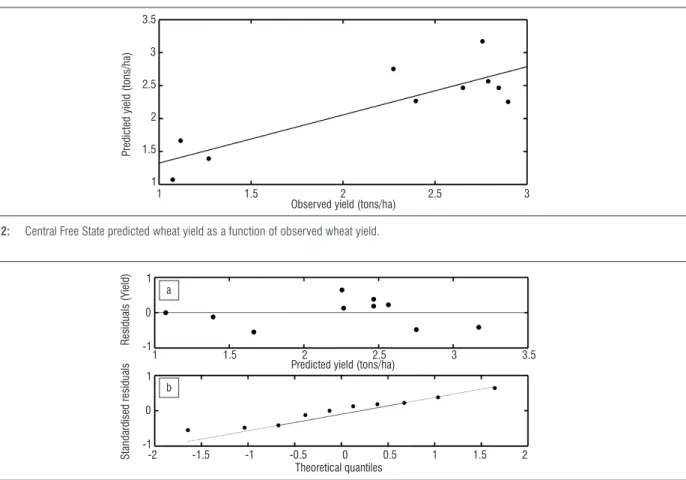
Institutional framework on copyright in South Africa
We report the results of an effort to measure the contribution of copyright-based industries to the South African economy. Similar studies quantifying the economic contribution of copyright-based industries in developed and developing economies demonstrate the importance of these industries.
Brief literature review
According to WIPO13, "copyright-based industries are those involved in the creation, production and manufacture, performance, broadcasting, communication and exhibition or distribution and sale of works and other protected subject matter". WIPO13 explains that "economic impact can be related to both core copyright-based industries and non-core industries".
Empirical results
A basic input-output analysis was used to estimate the direct and indirect effects of total copyright-based industries on the South African economy. Interdependent copyright-based industries show a high contribution to the economy's exports (2.77%) and an even higher contribution to total imports (7.85%).

The South African context for public science communication
In terms of seniority, 14 of the 18 most visible scientists (77%) were full professors, while 1 (who was also the youngest in the group) was an associate professor. Notably, there were no social scientists or engineers in this group of the most visible scientists.
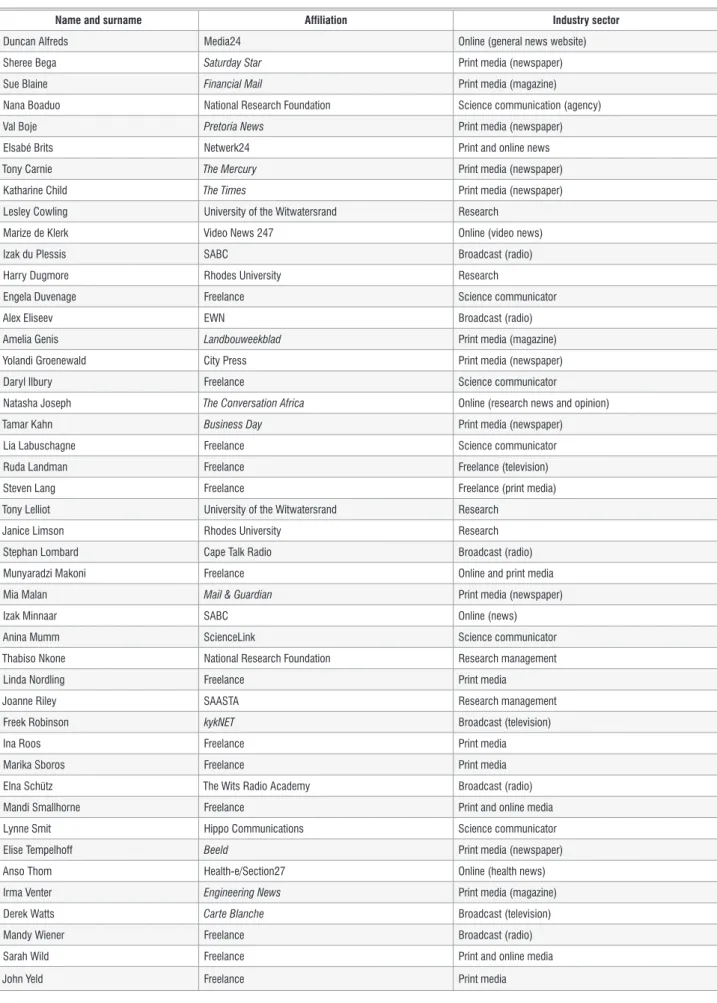
Study limitations and suggested future research
In addition, potential regions in South Africa share similarities with other locations that have successfully harnessed low-enthalpy geothermal energy. The local low-enthalpy geothermal energy potential of South Africa needs to be further researched for consideration of low-enthalpy geothermal energy as a renewable energy option.
Low-enthalpy geothermal energy
South Africa aims to mitigate its carbon emissions by developing renewable energy from solar, wind and hydro, and exploring alternative energy sources such as natural gas and nuclear power. South Africa may therefore have a realistic chance of developing geothermal energy, but will still need additional research and development, including new temperature measurements, and structural, hydrogeological and economic investigations.
Geological controls on heat flow in South Africa
The average geothermal gradient across the URG is approximately 35–45 °C/km with high heat flow evident from numerous hot springs. About 30 MW of low-enthalpy geothermal capacity is installed in URG, with exploration and development continuing to increase.11.
Geothermal gradient calculations
Anomalous heat flow regions in South Africa
Importantly, the cost of initial exploration and development of low enthalpy geothermal energy is high3 and development in Germany was largely enabled by a government feed-in renewable energy tariff of 15 EURc/kWh60. The impact of financial incentives in South Africa is also noticeable with the Renewable Energy Independent Power Producer Procurement Programme, which has reduced the cost of wind and solar energy by 46% and 71% respectively.1 The inclusion of geothermal energy in this program would potentially accelerate further research and development and lead to geothermal energy being added to South Africa's future energy mix.
Conclusions and recommendations
Thermal and chemical characteristics of hot springs in the northern part of the Limpopo Province, South Africa. The possibility of using neutron microtomography (NCT or n-µCT) or magnetic resonance imaging (MRI) was considered.
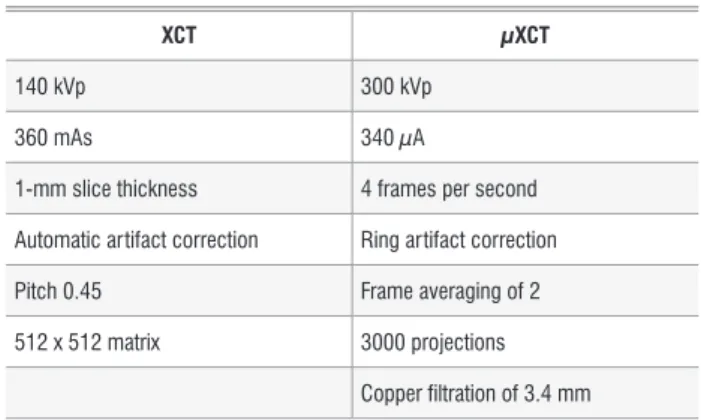
Generalised cohort survival model calculations
Simplified transfer systems are characterized by stationary student graduation and drop-out patterns – the result of the annual inflow of equally large student cohorts. The effect of varying the size of the annual intake of student cohorts in student transfer systems for 4-year programs is reported here.
Relationship between H and S in the generalised throughput system
Otherwise, the main features of the generalized theory of student throughput appear to be logical extensions of the simplified theory. Regarding the practical application of the generalized theory, some examples have already been discussed in the main paper to show how the simplified theory could find application to improve our understanding of student throughput systems.
The aim was to raise awareness about the influence of non-African collaborators on SADC's research priorities. The unusual robustness of the peroneal trochlea (PT) of StW 352 has been commented on by several authors.
